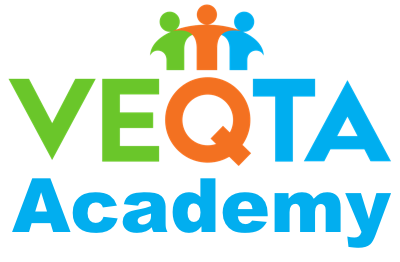In the ever-evolving world of digital content creation and localization, the need for efficient and accurate translation memory systems has never been more crucial. Among the myriad of formats and standards that facilitate this process, the Translation Memory eXchange (TMX) stands out as a pivotal tool. TMX is a robust, XML-based standard that serves as a bridge for the transfer and storage of Translation Memory data across various platforms and tools.
At its core, TMX facilitates the storage and seamless exchange of crucial translation memory data. This includes not only the translated segments in both source and target languages but also an array of additional metadata that enriches the translation process. Such metadata encompasses language pairs, the timestamps of creation, and intricate details such as the authorship, usage frequency, version changes, the tools utilized in the creation process, as well as the domain or topic of the content. Furthermore, TMX supports the inclusion of alternate translations and notes, enhancing the depth and utility of the stored data.
One of the standout features of TMX is its capacity to accommodate an unlimited number of languages within a single document. This is a significant leap over other formats like XLIFF, which is designed with a more narrow focus on one-to-one language pairs. This flexibility makes TMX an invaluable asset in projects requiring multilingual translations, ensuring that translation memories are not only preserved but also easily accessible and reusable across different languages and tools.
Technically, TMX’s foundation in XML (eXtensible Markup Language) grants it versatility and robustness. XML’s widespread adoption and support across software ecosystems mean that TMX files are inherently compatible with a wide range of translation tools and content management systems. This universal compatibility ensures that translation memories are not siloed within specific platforms or tools, promoting a more integrated and efficient localization workflow.
The structure of a TMX document is meticulously designed to encapsulate detailed translation memory information. The standard defines a hierarchical model where each translation unit (TU) represents a segment of text and its corresponding translation. These TUs are further enriched with metadata, providing a comprehensive context for each translation, including language codes, creation dates, and other relevant details. This structure not only preserves the integrity of the translation memory but also facilitates its analysis and manipulation by translation tools and software.
TMX forms an integral part of the technological evolution of the translation industry and an indispensable standard in the localization industry.
Translation practices have advanced from manual processes to sophisticated digital workflows, underpinned by standards like TMX that support data exchange and reuse.
The Translation Memory eXchange (TMX) format caters to the complex needs of translation memory management, offering a comprehensive, flexible, and interoperable solution. By enabling the efficient storage, exchange, and reuse of translation memories across a multitude of languages and platforms, TMX significantly enhances the productivity and consistency of localization efforts and localization project management.
The benefits of TMX:
Translation Memory Management: CAT Tools leverage TMX to manage translation memories effectively. TMX allows these tools to import and export translation memories, making it possible to reuse translations across projects and platforms, thereby increasing efficiency and consistency in translations. Lear more about the practical applications of TMX in everyday translation workflows and enhanced productivity using CAT Tools.
Interoperability: The TMX standard promotes interoperability among different CAT tools. Since TMX is an open, XML-based standard, it enables the seamless exchange of translation memories between various CAT tools, regardless of their proprietary formats. This interoperability is crucial for translators and organizations working with multiple tools or collaborating across different platforms.
Enhanced Productivity: TMX contributes to enhanced productivity within use of CAT Tool applications. The ability to access and leverage previous translations reduces the time and effort required for translating new content, as well as maintaining linguistic consistency across large and complex projects.
Industry Standards and Best Practices: CAT tools and industry standards like TMX are important localization industry standards and benchmarks in best practices. Its standards facilitate a more collaborative and efficient global translation industry, where tools and data can work together seamlessly.
TMX’s significance in the localization industry cannot be overstated. Since its inception in 1997, initiated by the Open Standards for Container/Content Allowing Re-use (OSCAR), a subgroup of the Localization Industry Standards Association (LISA), TMX has been widely adopted as a standard. Although LISA dissolved in 2011, TMX continues to be a linchpin in localization efforts, now under a Creative Commons license. The standard’s latest iteration, version 1.4b, epitomizes the cumulative advancements and refinements made over the years.




